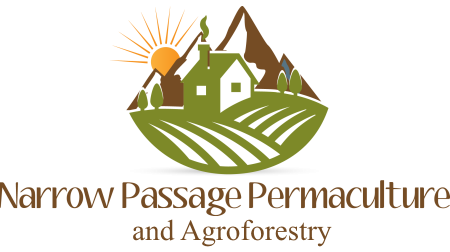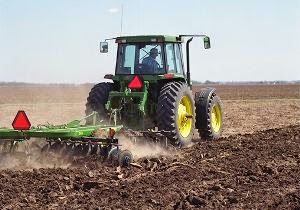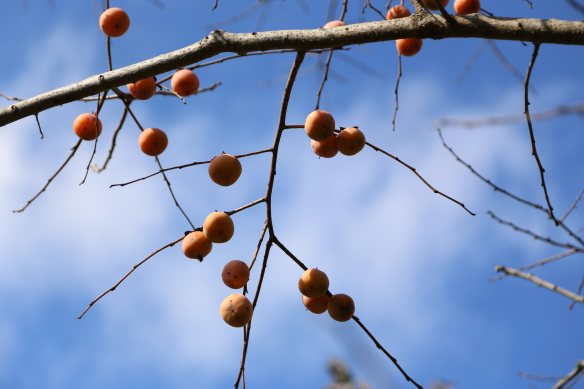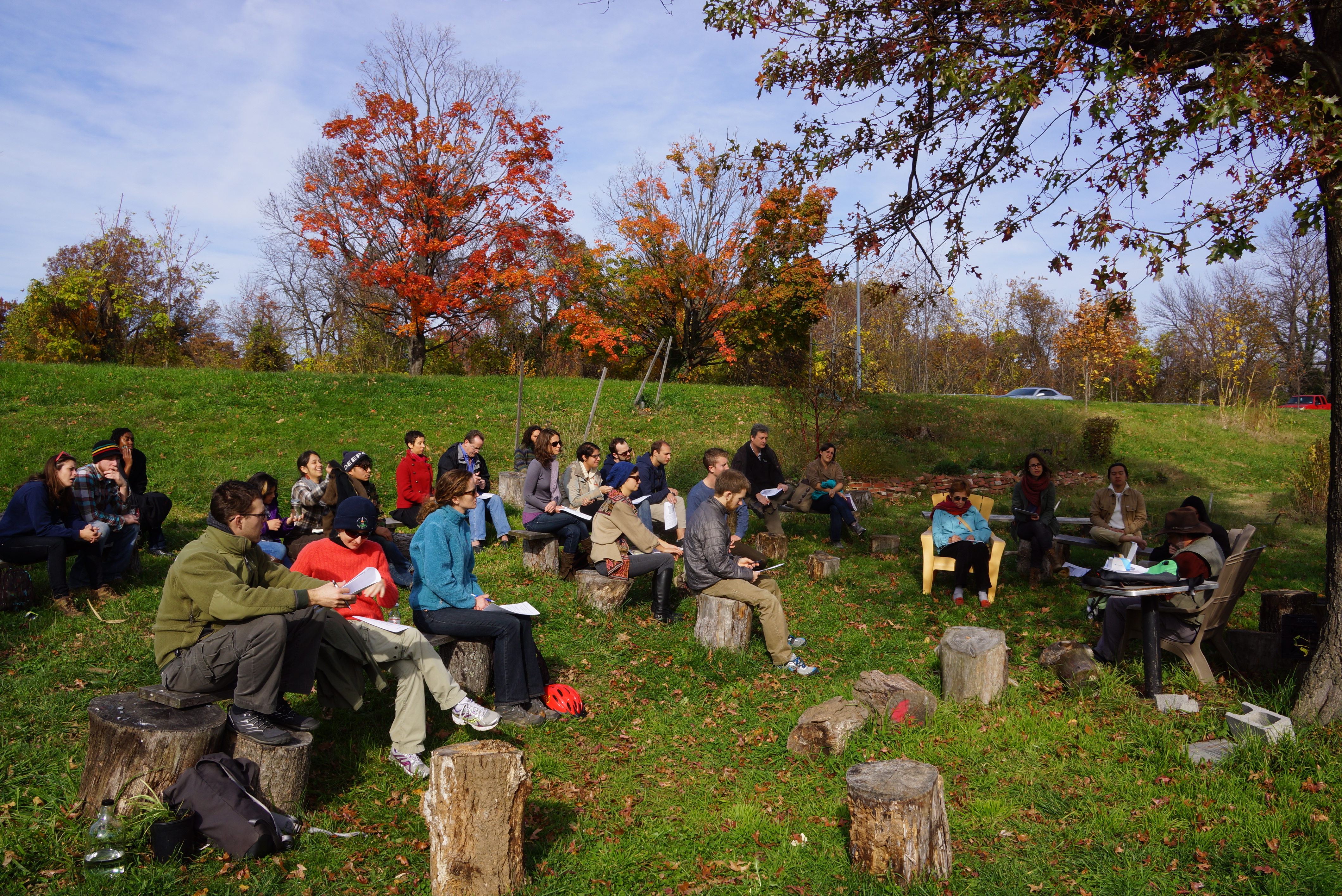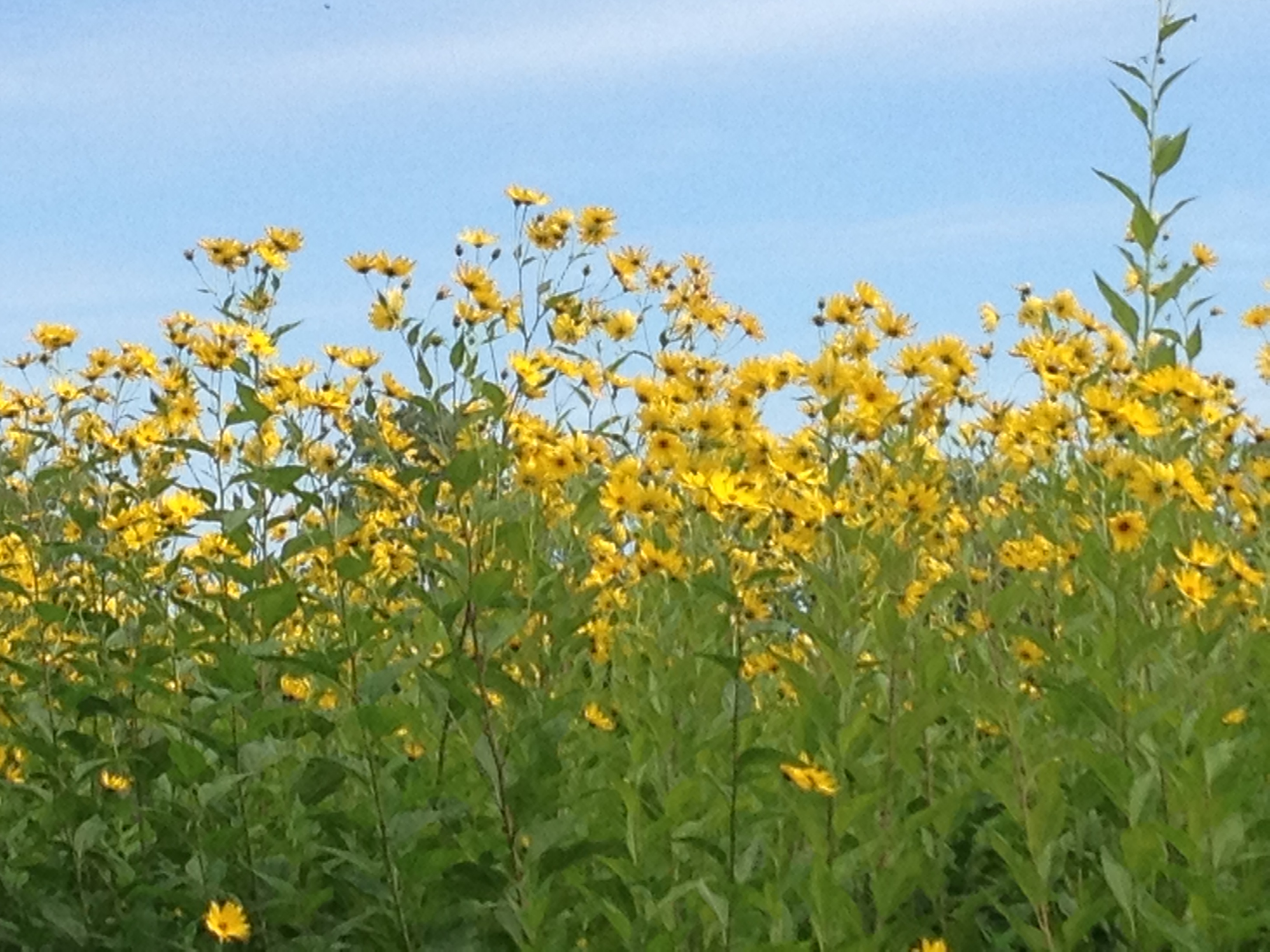About Michael Cooley
Michael obtained his Permaculture Design Certification via Geoff Lawton, PRI, in 2013, and had been a student of Sustainable Agriculture independently for many years prior to obtaining the PDC. He is formally trained in teaching Permaculture and has a Master’s degree in Natural Resources/Agroforestry from the University of Missouri. He also received a Graduate Certificate in Agroforestry from Mizzou in 2018.
His interest in Agroforestry and Permaculture came through an interest in sustainable food production and a desire for nutrient-rich foods. He is particularly interested in Tropical Agricultural Development, perennial food production, and medicinal plants and herbs.
Michael’s experience as a licensed Financial Advisor and a prior career in hospital administration and Human Resources management has given him unique perspectives on the economics of Permaculture Design and the management of inputs.
Michael is presently creating a demonstration site on acreage in the northern Shenandoah Valley of Virginia (temperate climate). Currently, he also consults for agricultural development worldwide, predominantly in Africa.
His ultimate goal is to teach and consult Permaculture and Agroforestry domestically as well as abroad in developing countries where quality nutrition is not readily available. He is available as an agroforestry and permaculture design consultant and lecturer.
Find his LinkedIn Page here:https://www.linkedin.com/in/michael-cooley-b6855437/
Find his Permaculture Global Bio here: http://permacultureglobal.org/users/8798-michael-cooley

So….What’s this Permaculture thing all about? And what is “Agroforestry”?
“Permaculture is the conscious design and maintenance of agriculturally productive ecosystems which have the diversity, stability, and resilience of natural ecosystems. Permaculture is about designing sustainable human settlements. It is a philosophy and an approach to land use which weaves together microclimate, annual and perennial plants, animals, soil, water management, and human needs into intricately connected, productive communities”
– Bill Mollison
“The word Permaculture was coined by Bill Mollison and myself in the mid-1970’s to describe an integrated, evolving system of perennial or self-perpetuating plant and animal species useful to man.
A more current definition of Permaculture, which reflects the expansion of focus implicit in Permaculture One, is ‘Consciously designed landscapes which mimic the patterns and relationships found in nature, while yielding an abundance of food, fibre and energy for provision of local needs.’ People, their buildings and the ways in which they organise themselves are central to Permaculture. Thus the Permaculture vision of permanent or sustainable agriculture has evolved to one of permanent or sustainable culture.”
– David Holmgren
David Holmgren and Bill Mollison cofounded the concepts of permaculture.
Put in my own words,
Think…”Permanent-Culture”
“Permaculture is an ethics based design system that uses natural patterns and processes of God’s creative design as a guide for developing productive and permanent high quality food production and communities, emphasizing water management, sustainability, and the use of natural agricultural systems that require little inputs once established, except to harvest the abundance!”
–Michael Cooley
So what I will attempt to do going forward is give some of the “Why’s” and How’s” of Permaculture. I am hoping to also discuss topics in preparedness from a practical point of view… (like what if we have a major ice storm this coming winter and you cannot leave your electricity-less home for a week for example). I believe those trying to be prepared for hard times would be well served to learn and follow the resilience giving principals provided by Permaculture design.
Agroforestry is the intentional integration of trees, shrubs, and woody plants with crops and livestock. It is following natural patterns to include trees into the food production picture, with the intention of increasing crop or livestock yield and resilience. Agroforestry can regenerate and restore degraded agricultural land, and make productive agriculture more resilient.
“Agroforestry practices help landowners to diversify products, markets, and farm income; improve soil and water quality; and reduce erosion, non-point source pollution and damage due to flooding. The integrated practices of agroforestry enhance land and aquatic habitats for fish and wildlife and improve biodiversity while sustaining land resources for generations to come” (from the Center for Agroforestry website).
Agroforestry practices include Windbreaks and Shelter-belts, Alley-Cropping, Silvopasture, Riparian Buffers, Forest Farming, and Multistrata Agroforestry.
Blog Posts
Ramps..jewel of the woods.
Ramps ready for the kitchen Three men on Dual Sport Motorcycles pull to the side of the remote WV dirt road. They dismount and extract small spades and zip-lock bags from the side [...]
Whats wrong with our food system. 11 year old kid schools us all. Smart guy!
http://youtu.be/F7Id9caYw-Y
Dandelion..the “No respect” food plant
Remember…in Permaculture, “The Problem is the solution”. Taraxacum, is a numerous species of flowering plant known generally as Dandelion….taken from the french word dent de lion or “lion’s tooth” . It is a pioneer plant that sends [...]
Persimmons – Interesting, tasty, and native
Persimmons! When I was growing up we had a big Persimmon tree. It is, in fact, still with us today, although on it's last legs as far as producing fruit because of [...]
Experimenting with Yacón
In looking for plants to add to our Permaculture site, I had considered Yacón. I was not sure it would grow in this area until I discussed Yacón with a fellow PDC and friend in [...]
Hooray for Pee! The “How” and “Why” of Urine as fertilizer…
I never really thought I'd be resorting to "potty" talk for a Permaculture Blog. But...here goes... The more I have considered and evaluated the value of Urine in Permaculture design of late, the more I [...]
DC URBAN RESILIENCY WEEKEND Workshop on Five Permaculture plants for Food Security
On November 9th I was asked to present a workshop to the attendees of the DC Urban Resiliency Weekend, Which was part of The Permaculture Action Tour, a national effort to educate, promote, [...]
Hosta for dinner?!
Hosta, that ornamental planted in the shaded area of the yard by your spouse, mother, grandmother, aunt, neighbor, etc.etc. is a regular source of food in Asia. Known as Plantain Lillies in Britain and Giboshi and [...]
Permaculture Plant Favorites : Chestnut
Chestnuts Roasting on an Open Fire Any plant that can be planted and then , once established , is productive, especially as food, and requires little or no inputs, qualifies as a Permaculture [...]
Permaculture Plant Favorites: Sunchokes
Sunchokes Sunchokes (Helianthus tuberosus) are an amazing Permaculture favorite that, once established, produces an abundance of food perennially and can produce hundreds of pounds of food with little or no effort. Sunchokes, also [...]
